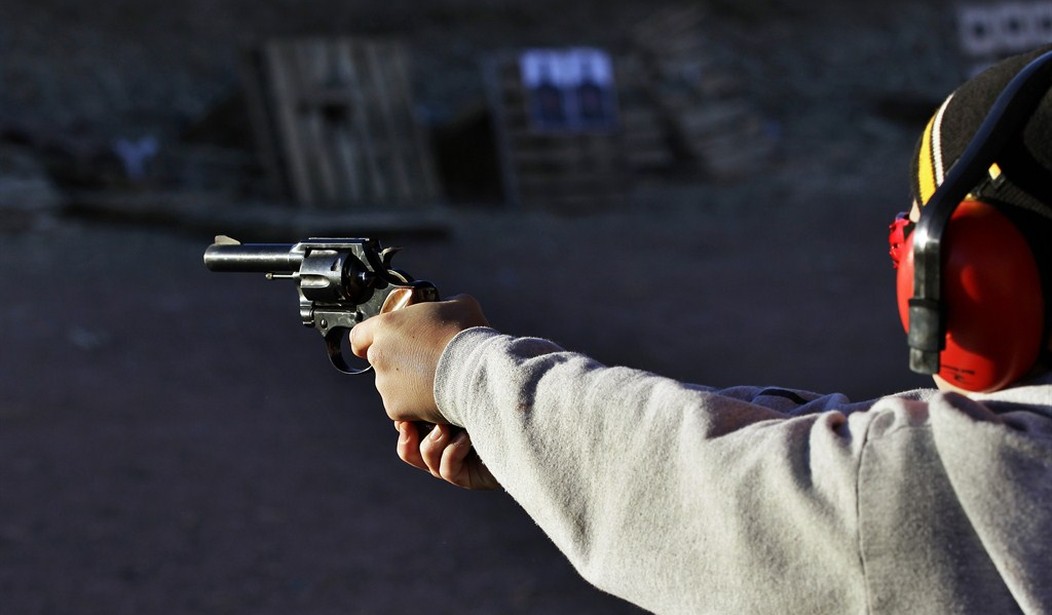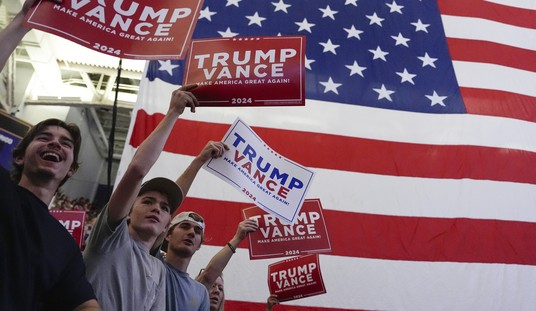In the August issue of Townhall Magazine, where this column originally appeared, BearingArms.com editor Bob Owens makes the case for having well-armed civilians help keep the peace.
The National Rifle Association has made a significant investment in online media in recent years. One of the shows on their Life of Duty channel is a series called “Defending Our America.” The show is a roundtable discussion featuring eight men who serve in a variety of military and law enforcement roles, speaking from the heart about what it means to serve this nation and defend the citizenry from enemies, both foreign and domestic.
Perhaps the most chilling episode of the series so far is Episode 8, “We’re Not Ready.”
This episode deals with a kind of terrorist attack that counterterrorism experts have been dreading since before September 11, 2001. They are preparing against a carefully-planned and orchestrated attack by a team of well-trained, well-armed terrorists with carefully scouted “soft targets,” such as schools, malls, theaters, sporting events, hospitals, and other venues that have a large number of people in close proximity that are relatively undefended.
The attack they particularly fear is an incident where one of these soft targets is assaulted in an effort to draw law enforcement into a pre-planned ambush. Terrorists are well aware of law enforcement’s post-Columbine tactics whereby officers are told to rush toward a mass attack and engage as they can as they arrive. These tactics have been effective against individual shooters with a grudge, but are nearly suicidal against a trained and determined enemy force lurking in ambush.
Tom, one of the members of the roundtable panel, discussed a training scenario his company conducted that pointed out just how poorly law enforcement in the United States is pre- pared to confront this kind of soft target attack.
The scenario featured a team of five “terrorists” with military training taking over a school, with 150 state police officers responding as they have been trained. The officers, coming in individually or in small clusters, walked into a buzzsaw of trip-wires, IEDs, and rifle fire aimed down long school hallways. Fifty of the officers “died” attempting to retake the school.
It was a massacre. But unlike real life, the scenario ended there, once the point was made.
The result of a terrorist attack of this type in real life would have likely resulted in the decimation of the local law enforcement community at the hands of the small team of terrorists, which would then likely disengage and either hit another large target as a coordinated unit to create mass casualties, or scatter to attack individual targets and spread panic and mayhem.
Amid the confusion and horror the terrorists might rampage with relative impunity, the way they did in Mumbai, India in 2008 and in Nairobi, Kenya in 2013. Those terrorist attacks were multi-day affairs that left dozens dead and hundreds injured. The same can happen here, and sadly, a similar outcome is expected, especially in those states and cities where firearms are heavily regulated and rare.
Fortunately, the Second Amendment allows most Americans to have options—options the citizens of Kenya and India did not have. While it is unrealistic to think that an individual citizen would be able to take down an entire terror cell the way that fictional police officer John McClane did in the “Die Hard”
movie franchise, a well-armed citizenry may prevent them from moving unopposed and unthreatened.
I suspect that we all know experienced hunters, target shooters, and military veterans who would give a good account of themselves when fighting on their own ground against terrorists, just as they would against foreign soldiers during wartime. It isn’t too far-fetched to expect the citizenry to self-organize into defensive units as they have during past natural and man- made disasters, such as the Korean merchants who stopped the rampaging mob during the 1992 Los Angeles riots.
While it is unlikely that such ad hoc units would eradicate attacking terrorists, they would likely hamper the attacks and force the terrorists to expend a very finite supply of time and ammunition, buying time for their fellow citizens to escape, and for more heavily armed and better trained military and police tactical teams to converge to end the threat.
The Founders never likely considered such a specific scenario when they wrote the Second Amendment, but they did know about Native American raiding parties and enemy scouts during times of war. Americans have always been expected to improvise, adapt, and overcome all threats to liberty, foreign and domestic. •
























Join the conversation as a VIP Member